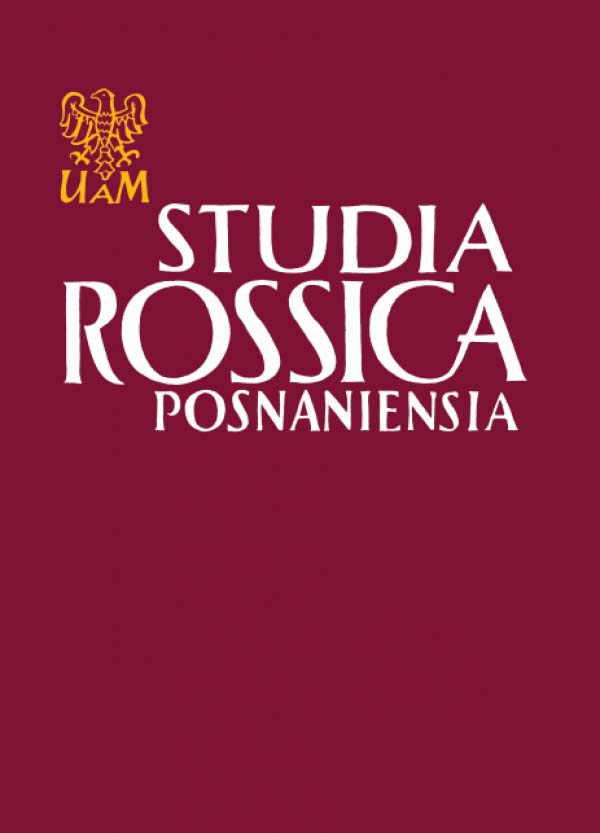К ХАРАКТЕРИСТИКЕ ТАК НАЗЫВАЕМОГО СТАРОГО ПЛЮСКВАМПЕРФЕКТА И ЕГО ИСТОРИИ В РУССКОМ ЯЗЫКЕ
ON THE CHARACTERISTICS OF THE SO CALLED 'OLD PLUSQUAMPERFECTUM' AND ITS HISTORY IN RUSSIAN
Author(s): Lidia BartoszewiczSubject(s): Language studies, Language and Literature Studies, Philology
Published by: Uniwersytet Adama Mickiewicza
Summary/Abstract: The ‘Old Plusquamperfectum’ occurred as a compound form of the ‘-ł participle’ and the form of the ‘Aorist”’or the ‘Im perfectum’ of the auxiliary verb ‘to be’. The use of either of the forms of the auxiliary verb did not have any influence on denoting the activity, which took place in the pluperfect time. On the basis of the corpus it may be said, that ‘Plusquamperfectum’ appeared predominantly in the third person. It was derived mostly from perfective verbs and used only in compound sentences (most frequently in hypotactic constructions) in which causitive clauses are predominant. Plusquamperfectum occurred when Imperfectum (usually rendered by means of the Aorist) was used in the neighbouring clause directly connected with the clause containing Plusquamperfectum. The Old Plusquamperfectum, as an artificial and bookish form disappeares from the language and a new form of Plusquamperfectum with the perfective form of the auxiliary verb or that of the main verb is used in lieu of it. Such factors as: the decline of the Aorist and Imperfectum and the appearance of a new form of Plusquamperfectum in the Russian of the thirteenth century as well as the fact that Imperfectum was in some cases semantically equivalent to Perfectum played an important role in the process of change. The change operated slowly and irregularly which is evident in the religious prose of the fourteenth, fifteenth and the six ¬ teenth century where the Old Plusquamperfectum can be sporadically found.
Journal: Studia Rossica Posnaniensia
- Issue Year: 3/1972
- Issue No: 1
- Page Range: 127-135
- Page Count: 9
- Language: Russian

